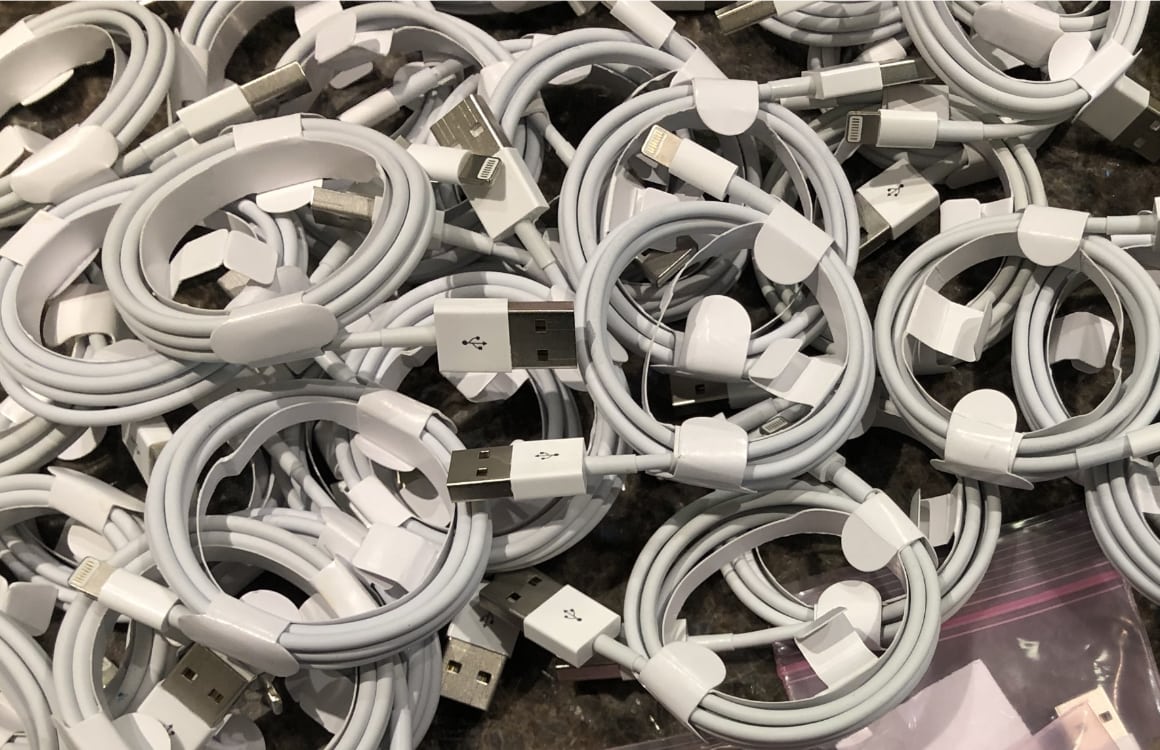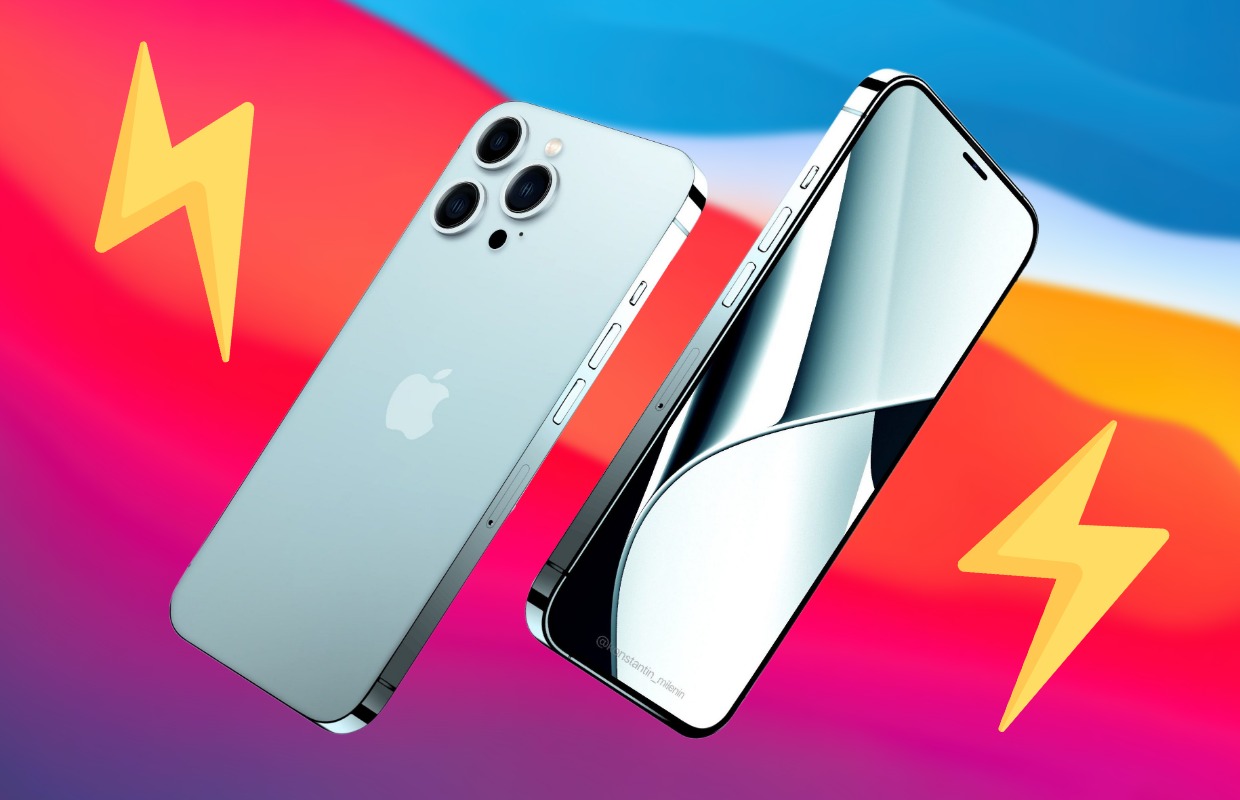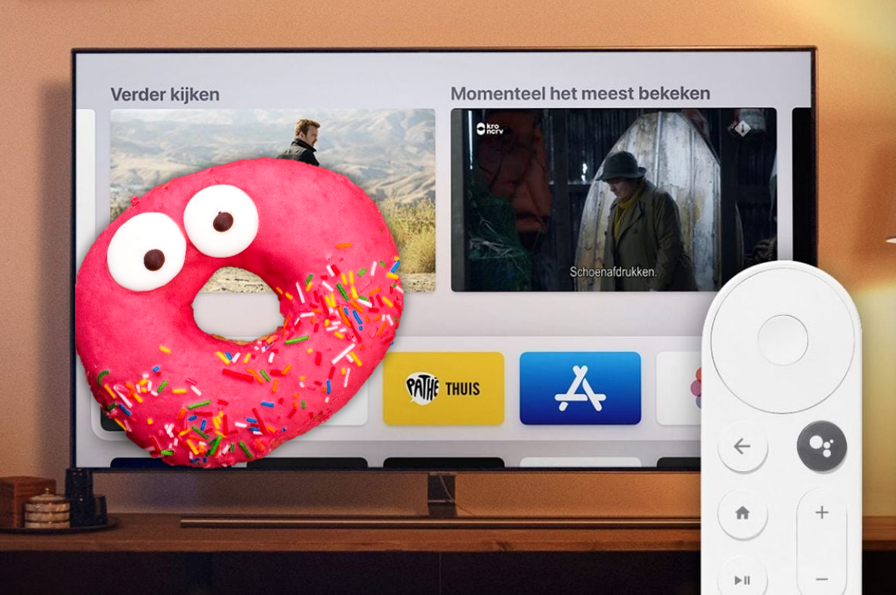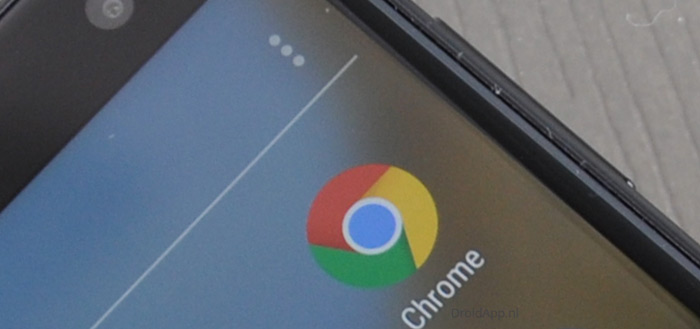Apple is moving to USB-C, but why? These are the 4 benefits
The days of Lightning cables seem numbered. If we are to believe the rumors, Apple will switch to USB-C in the coming years. And rightly so, because this technique is superior to Lightning in everything.
Read on after the ad.
Contents
Apple is moving to USB-C and these are the benefits
The iPhone 15 already promises to be a revolutionary iPhone. According to several rumors, next year’s model will switch to USB-C. That is striking, because so far Apple has firmly stuck to its own Lightning charging standard.
And according to rumors, it doesn’t stop there, because the AirPods, Magic Keyboard and other Apple accessories also seem to be transferred in the coming years. The big question is: why will Apple go for USB-C instead of Lightning?
1. Faster Charging
iPhones are beautiful phones, but they can still learn a thing or two from Android phones when it comes to charging. Usb-c can help with this, because this technique can allow higher amounts of current to pass through. You guessed it: your iPhone battery will be full faster in the future.
Take the OnePlus 10 Pro for example. OnePlus’ latest flagship can fast charge with up to 80 Watts of power. The battery of the device is fully charged within half an hour.
If you compare this statistic with the iPhone 13 Pro Max, then Apple’s flagship will come out badly. The 13 Pro Max charges a maximum of 27 Watts and needs about one and a half hours for a full battery.
Usb-c can reduce this difference in charging speed, but it will not completely close the gap. After all, you also need good fast charging technology, such as Warp Charge from OnePlus.

2. Faster data transfer
Do you regularly take photos with your iPhone? USB-C also comes in handy then. These cables can transfer data much faster than Lightning.
A calculation example makes a lot clear. Let’s say you have an iPhone 13 Pro and record two hours of raw footage in ProRes quality, a video codec intended for movie makers. This movie will have a file size of about 720 GB, since one minute of ProRes video requires about 6 GB of storage.
If you want to transfer this raw footage from your phone to your Mac via Lightning, it will take you no less than 3 hours and 45 minutes. Things are very different when the iPhone switches to USB-C. Thanks to the higher data transfer rate, moving only takes a few minutes.
3. Join the club
Another advantage has to do with other Apple devices. The company has already partially switched to USB-C. The newer iPad and MacBook models can use this standard, including the iPad Pro and MacBook Pro.
That’s great for us consumers, because in theory you only need one charger. After all, the same (USB-C) cable does not only fit in your iPhone, but also in your laptop and AirPods charging case.

4. European influence and environment
Furthermore, Europe also influences the switch from Lightning to USB-C. The European Commission has been working on a bill to make USB-C the charging standard for some time.
The EU wants this mainly to make consumers’ lives more pleasant and to combat electronic waste. If all companies use USB-C as a charging standard, you actually only need one type of charger. In this way, consumers can save money and, moreover, it is less harmful to the environment.
the bumps
In summary, usb-c offers all kinds of advantages. So why has Apple stuck to the Lightning standard for so long? Presumably this has to do with control. The Apple company likes to keep a tight rein and prefers to make its own standards (Lightning), rather than being dependent on others. When Apple first introduced Lightning, Apple also said it would use this standard for 10 years.
And more practical reason is related to money. Apple earns a lot of money by selling, for example, connectors to connect Lightning to USB-c, and vice versa. Of course, people don’t like to see that business model evaporate.



